Orang Rimba is a name of indigenous nomadic ethnic group living in Jambi, province in the middle of Indonesian Sumatra. Due to logging of the forest and expansion of palm oil plantations their existence within the traditional life style is disappearing rapidly. As one of the Chiefs of the tribe said during the meeting with them, they already prepare next generation to leave the forest. Unavoidably, also leave behind their identity, traditions and knowledge… Extinct.
Beautiful people, having a chance to meet them and talk to them was both exiting and a deeply sad experience. It’s a great shame on our world that we could not coexist, but took away from them their home that is an absolutely necessary base of their lifestyle… Their life is already very influenced by so called modernity, traditional medicine they used for ages almost disappeared as they can’t find healing plants in the small forest area that has been left.
Meeting Orang Rimba was a powerful experience. Although due to their believes and traditions I was not allowed to go into the village, I was honored to meet Chiefs of the tribe for a long conversation, that was also an opportunity to give them voice – there is a video interview to share with you to come soon. It needs translation (and time to do it as they speak their own language that not many people can translate, the ones that do are busy helping them out in their every day existence disturbed by the way modern world invaded their living space…) but is being worked on.
I’m afraid that it might be too late to save the life they lived, but at least they should be heard.


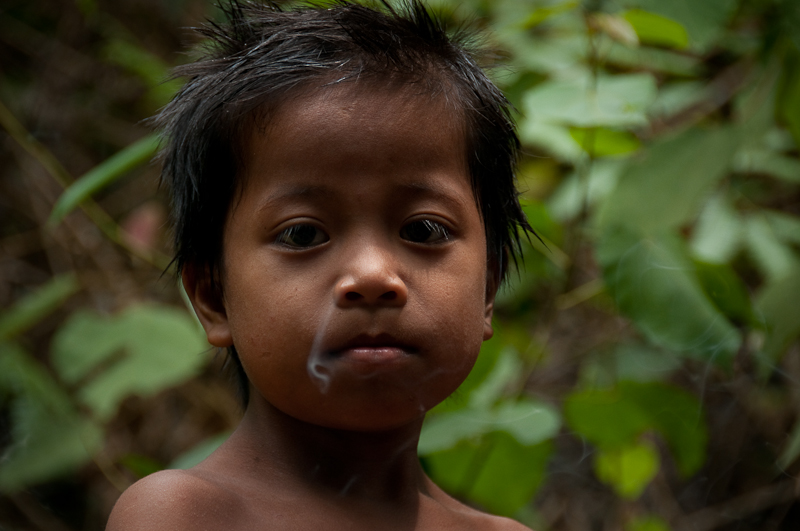
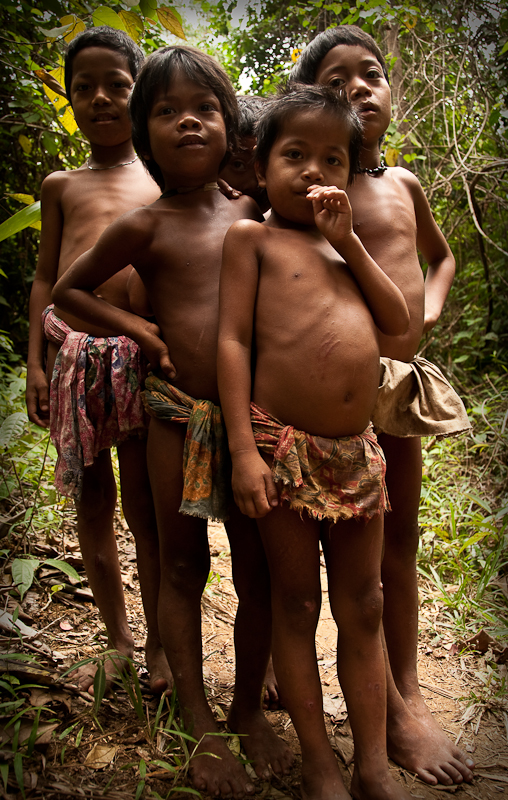
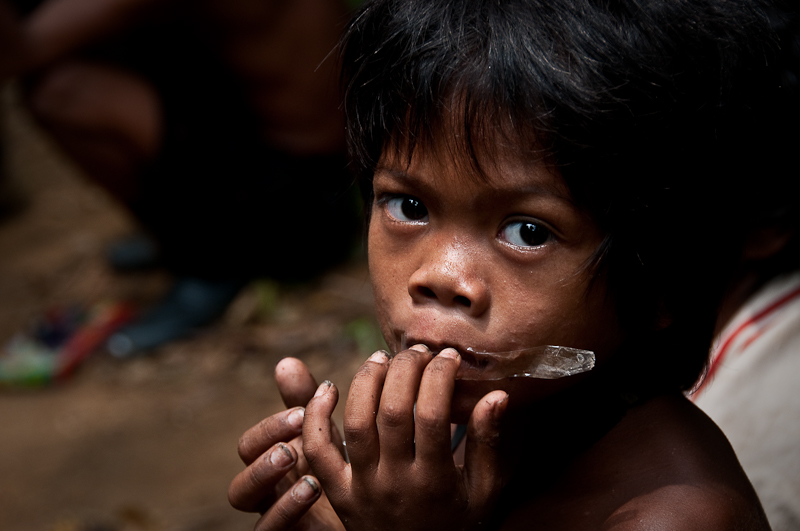
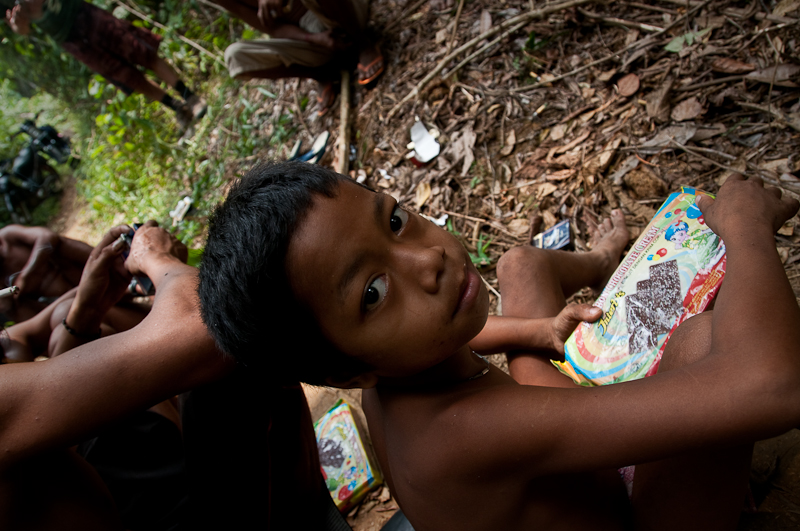
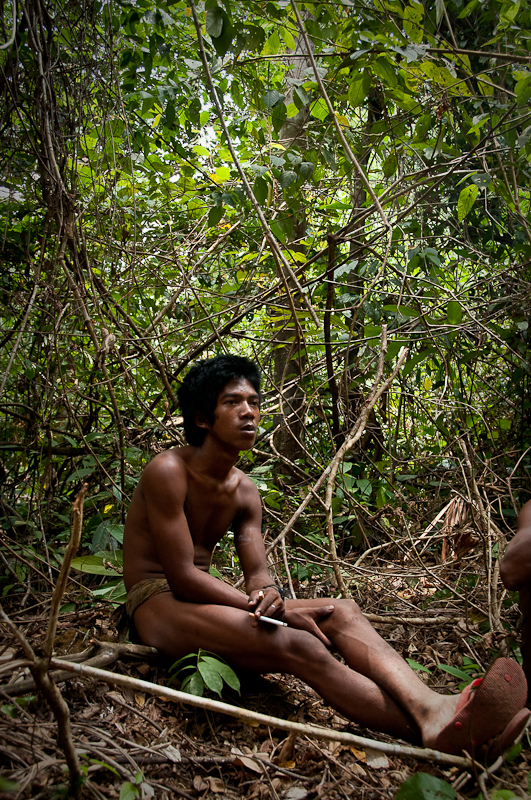

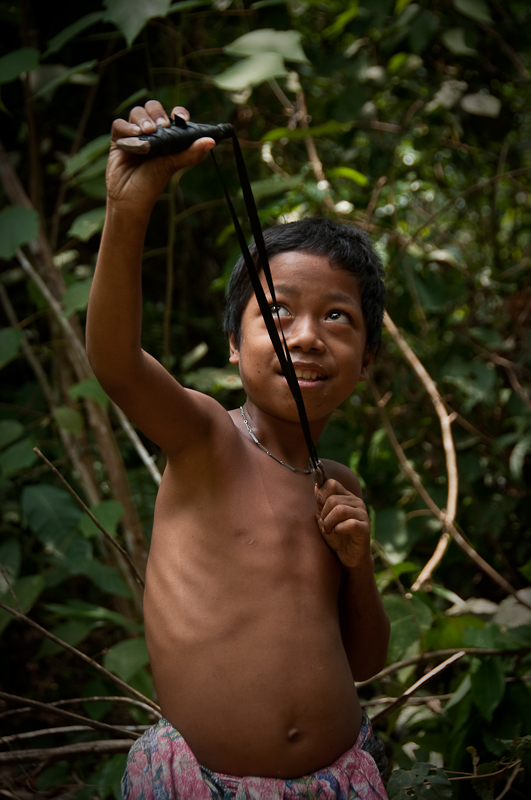
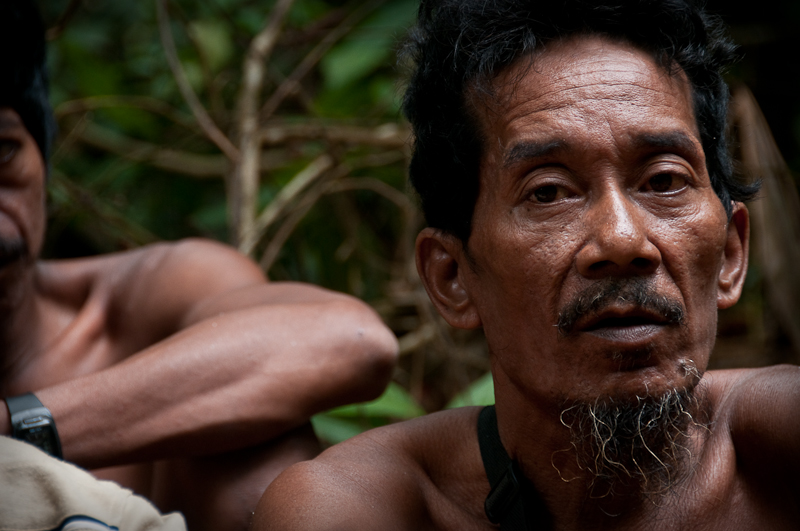
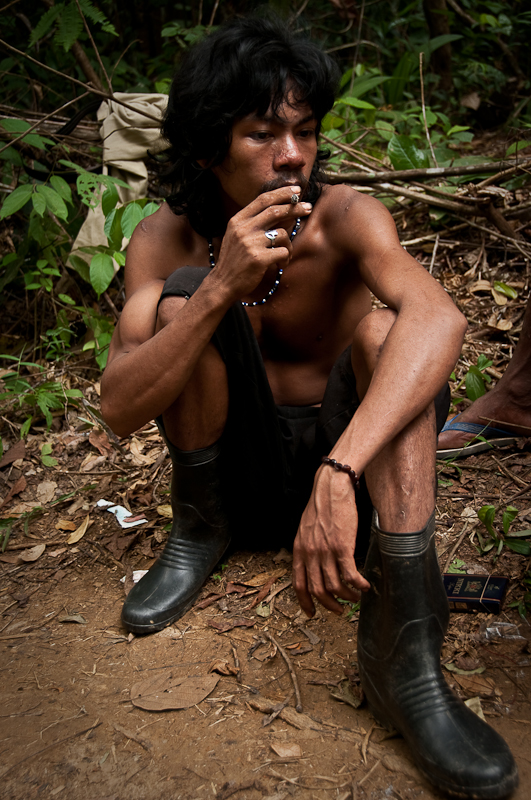
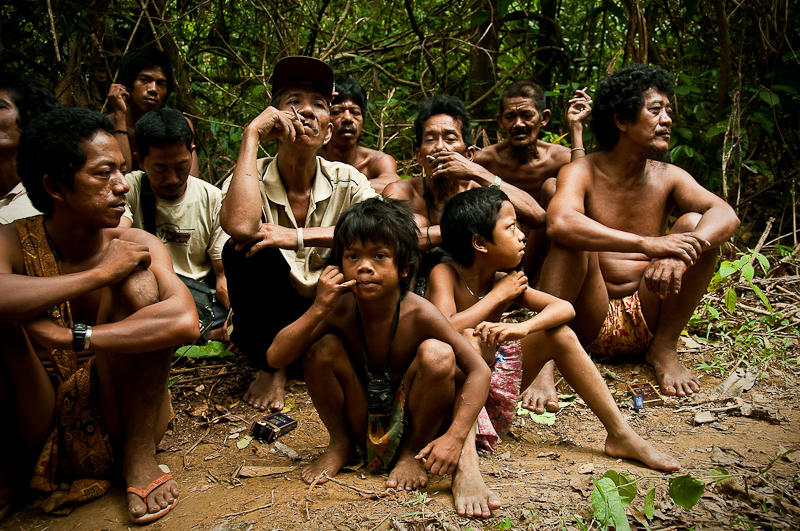
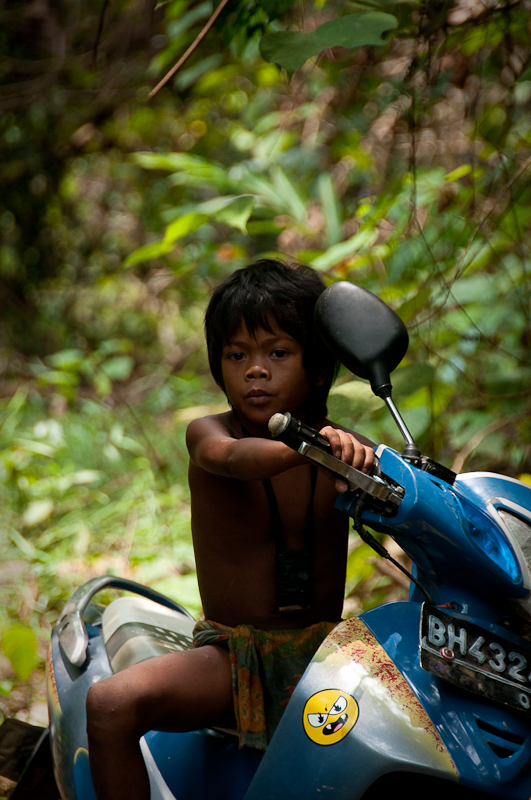

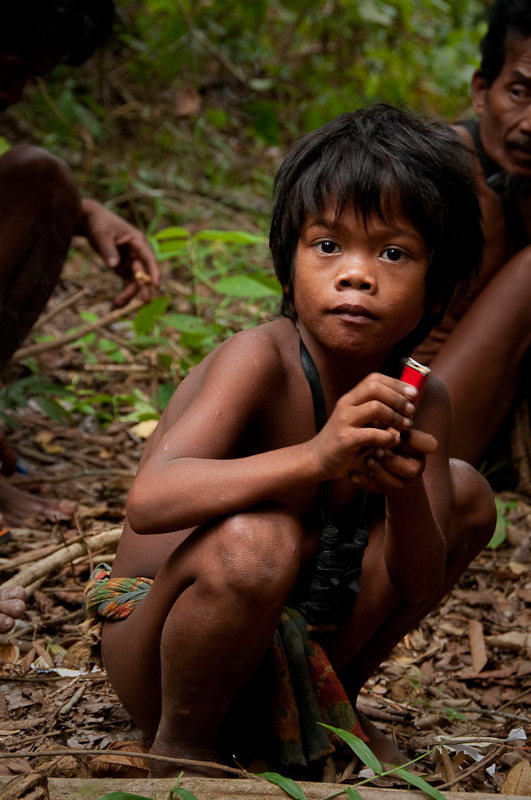
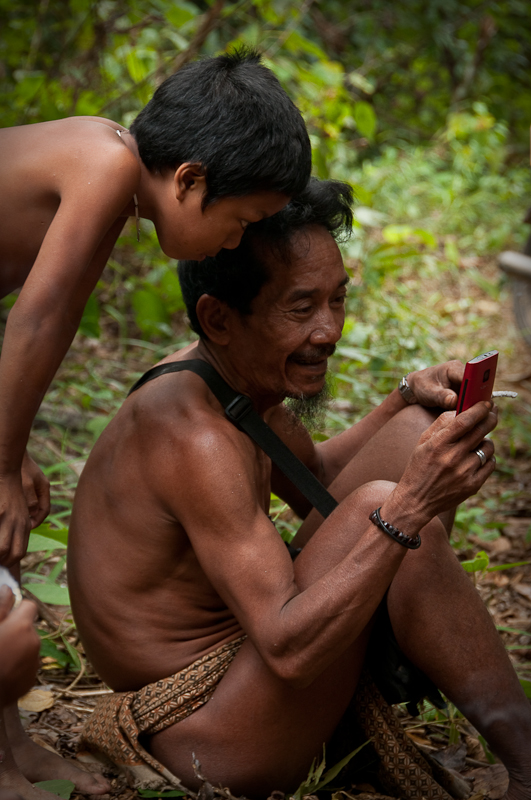
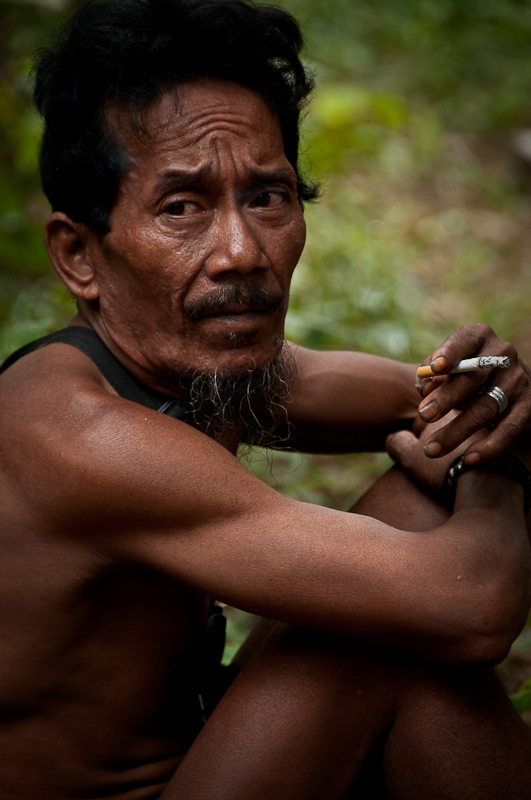
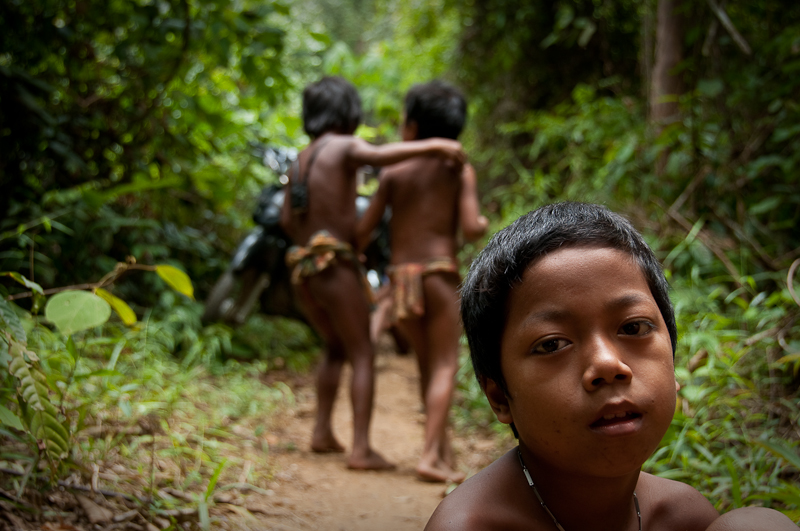
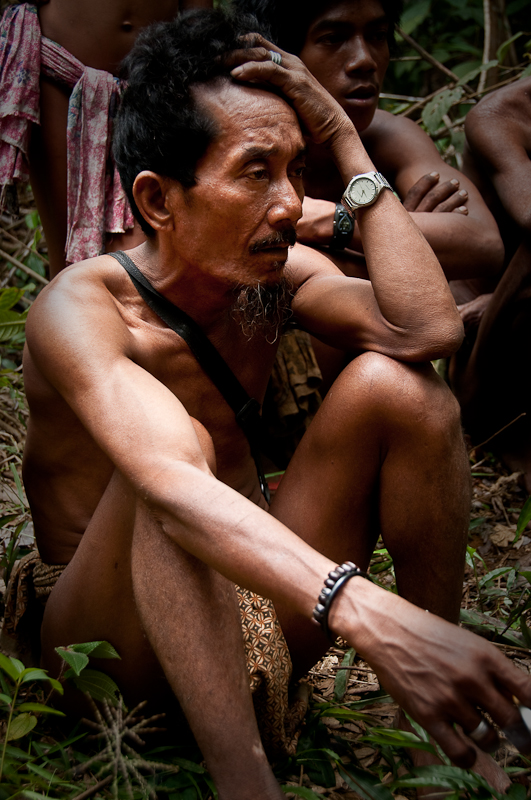
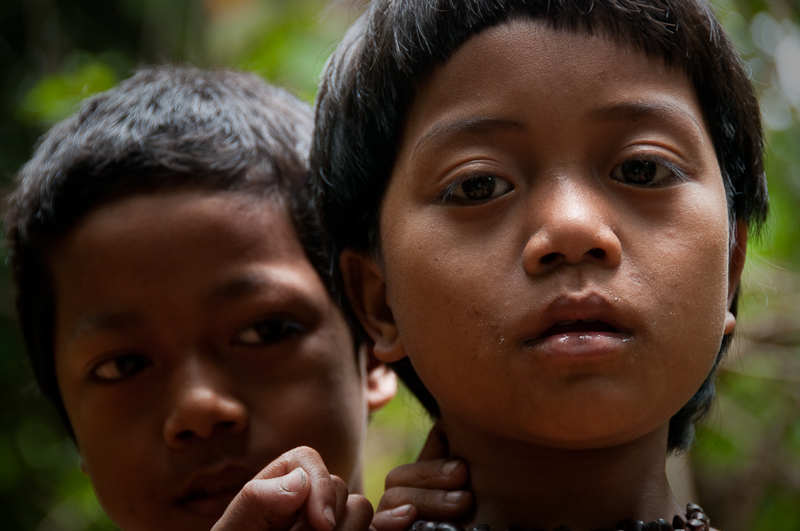
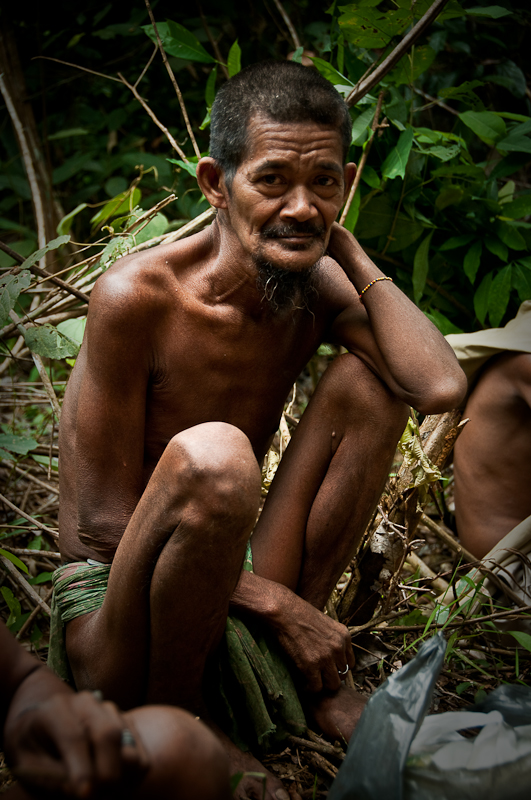
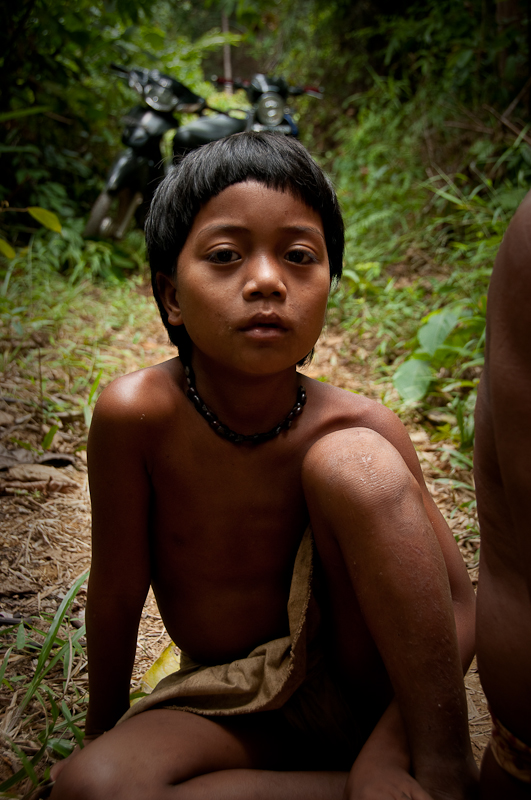
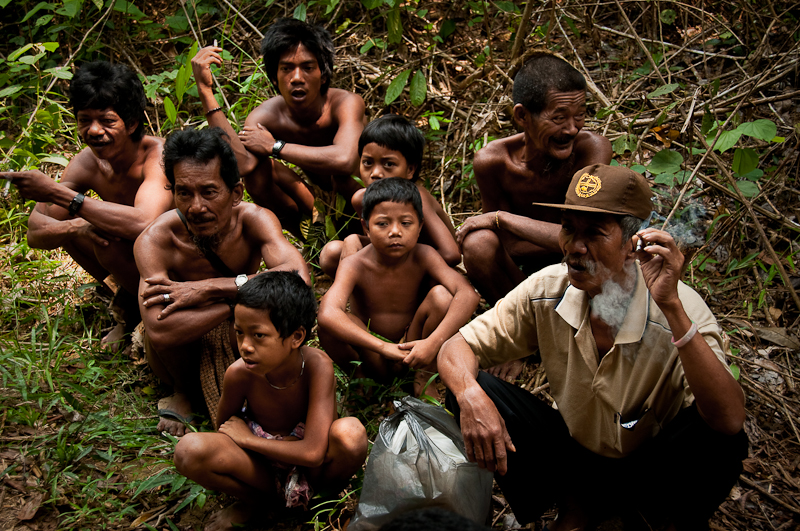
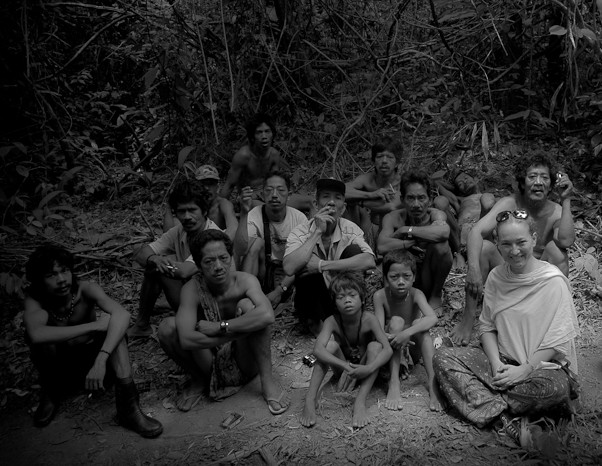
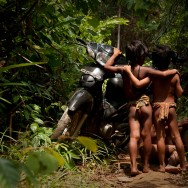
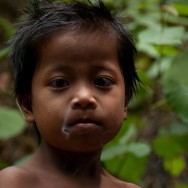
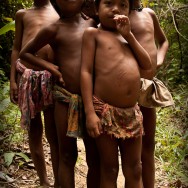
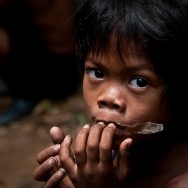
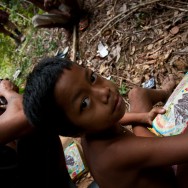
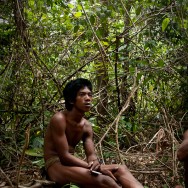
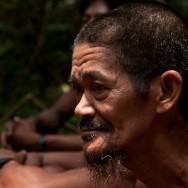
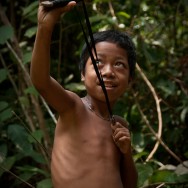
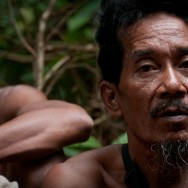
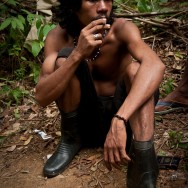
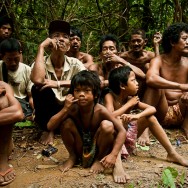
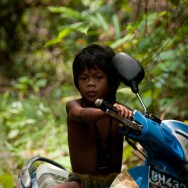
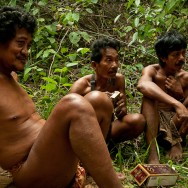
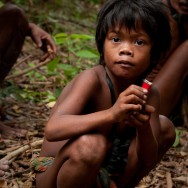
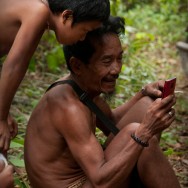
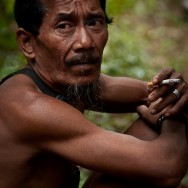
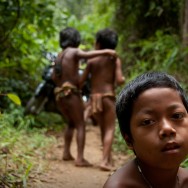
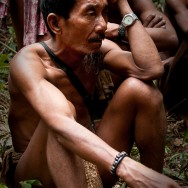
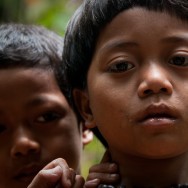
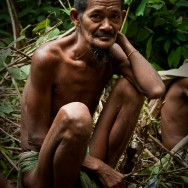
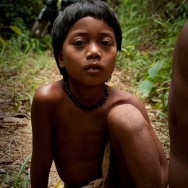
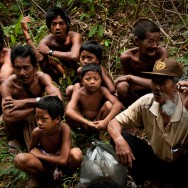
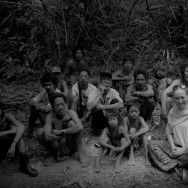

Hi,
You have a big courage. Your gallery is very, very nice. I cross all my fingers to bring you happiness. I don’t know the Poland language but for me is not so much difficult read report from your trip. Best regards.
Hi Radka, thank you very much for your encouraging words! I wish you all the happiness as well, although somehow I have a feeling that you’re not far from it. It’s been quite a surprise to hear some feedback even before I launched the page, but it brought me a pure joy you can’t imagine. Thank You very much My First Reader! Dekuji Vam!
Be safe and enjoy every moment.
Kasia
P.S. I will try to write in English as well, so hopefully I’ll meet you here again.
Hey Kasia, amazing photos!!
Is it true that native people over there are from all different races!?!?
Oh My Lord, Ali, what a task you gave me! I’m not even sure if I understand the question… Give me a bit of time, please, I will write a clarifying note to that gallery. Mea culpa, it may be confusing without it.
In the meantime… Answering your question, this photos are of the nomad indigenous people, called Orang Rimba, living in Sumatra. As far as I know they are the only “natives” in the area. Sumatra, being a part of Indonesia is inhabited by Indonesians coming from yet another islands, with an especially intensive ethnic mix during Sukarno’s program of transmigration (this is another, complex and fascinating subject, that I should dedicate a separate post). So the first question is how far in the past is “native” (Orang Rimba are unquestionable, they’ve been there forever). Then what level of diversity you understand under “races”. If the four basic ones, then the answer is no.
And then there is a question of “over there”. Over where? Indonesia, Sumatra Jambi, forest being a home to Orang Rimba. Or in Papua, cause my current location got involved in my long ago posted gallery?
Thanks for stimulating my grey cells and disciplining my mind, Ali! Your questions has always put my thinking process in motion.
Kasia,
Zdjecia i opisy sa genialne! Myslalas moze o napisaniu kiedys ksiazki lub pisaniu dla National Geographic?
Na jednym ze zdjec pokazujacych ludzi Orang Rimba, starszy mezczyzna ma na nadgarstju zegarek. Ciekawa jestem czy ten zegarek pelni dla owego mezczyzny jest wskaznikiem czasu, czy bardziej ozdoba? Czas ma chyba tam troche inny wymiar.
Serdecznie Cie pozdrawiam,
Aska
Asiu, wielkie dzięki za komplement. Z każdą zachętą jestem bliższa napisaniu książki, więc kto wie…
Szczerze mówiąc nie wiem do końca czy zegarek na reku mężczyzny lub inne atrybuty z “naszego świata” mają funkcję dekoracyjną czy rzeczywiście czemuś służą. Czas z pewnością jednak nie jest tam odmierzany minutami, a rytmem dnia i dżungli. Jednak razem z odchodzeniem w niebyt ich stylu życia, coraz częściej niektórzy członkowie plemienia jadą do miasta lub pobliskiego obozu pracowników plantacji, tym samym powoli asymilując takie zjawiska jak czas odmierzany wskazówkami zegara czy ubiór. Bardzo chciałabym, aby oni sami opowiedzieli o sobie. Jest to jednak tak marginalna część społeczeństwa indonezyjskiego, że znalezienie tłumacza, który pomógłby mi w złożeniu filmu z tego spotkania okazuje się szalenie trudne. Indonezja też nie jest dumna z tego jak potraktowani zostali jej rdzenni mieszkańcy w pogoni za pieniądzem z plantacji oleju palmowego (nie wspominając nawet o niszczeniu wiekowego lasu), stąd placówki naukowe, do których się zwracam są dość oporne w udzielaniu informacji i kontaktowaniu mnie z potencjalnymi tłumaczami. Nie poddaję się jednak i mam nadzieję, że uda mi się dać im szanse na powiedzenie w swoim imieniu tego co mają do powiedzenia światu.
cudne zdjęcia, swietne reportaże;
Dzieci są zawsze wdzięcznym obiektem do fotografii.
Hi Kasia,
I am very glad to see that you are OK . Never time I buy anything with palm oil. With attention I read the labels on the any food ….best regard , Kasia.